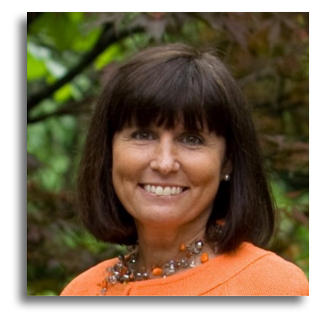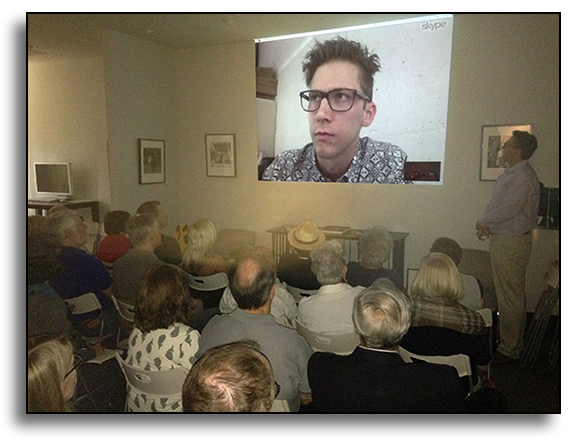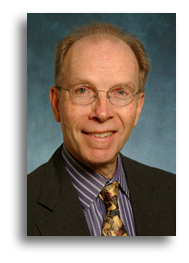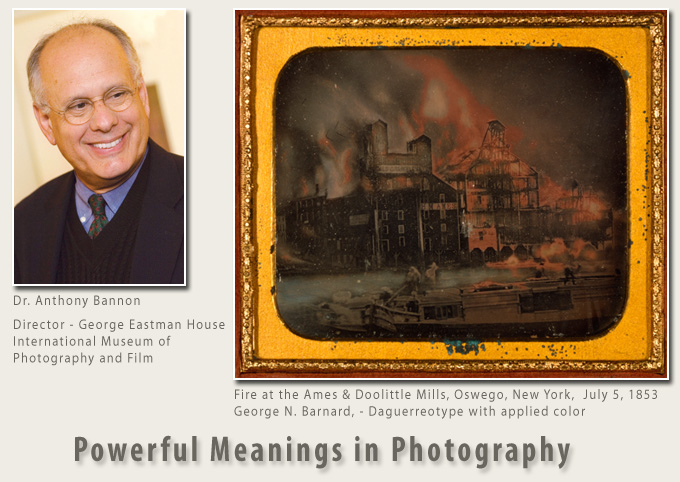Vivian Maier Developed – Ann Marks
Or the exhibition page, Vivian Maier A Deeper Look.
Gallery Talk: John Maloof – Vivian Maier
Saturday September 17th @ Lumiere
John provided an informal and intimate update on the status of his continuing efforts to support and expose the world to the work of Vivian Maier. Maloof joined us via SKYPE from his new art space, Miishkooki, located in Skokie IL. During the course of the hour long informative discussion John updated us on the status of Vivian’s last undeveloped film (all is now developed) and the progress, and mis-steps of organizing such a large archive of work. We were even treated to a cameo appearance by John’s dog. Additional information on John’s recent activity can be found on the links below.
Recent article in the Chicago Reader – 8/31/16
Lecture: Dr. Jeffrey Koplan – Rural Health In China
Jimmy Carter Presidential Library & Museum, December 8, 2015

Dr. Anthony Bannon Lecture at High Museum
Powerful Meanings In Photography
Dr. Anthony Bannon, the Director of George Eastman House International Museum of Photography and Film, discussed the use of photography throughout history to communicate powerful messages and create lasting cultural icons. The program, part of the Annual Lumiere Lecture Series, was offered in collaboration with the High Museum of Art and Atlanta Celebrates Photography.
The audio clip below is a small excerpt is from his closing remarks, as he discussed the nature of the single photographic image and speculated on future of the medium of photography.
Biographical Information:
Dr. Anthony Bannon was the Director of George Eastman House – International Museum of Photography and Film: the world’s oldest and largest independent museum dedicated to photography and film. He has held that position from 1996 to 2012. Prior to his time at Eastman House, he served as director of Burchfield-Penney Art Center, director of cultural affairs on the campus of State University of New York, College at Buffalo and as an editor and art critic with The Buffalo News. He has also worked as a filmmaker. In 2012 Bannon retired from George Eastman House and returned to his previous position as director of Burchfield-Penney Art Center in Buffalo NY.
Dr. Bannon has lectured at museums, colleges, and festivals worldwide. He currently serves as chairman of the Lucie Awards/International Photography Awards. In 2007, Bannon was awarded the Golden Career Award by the FOTOfusion Festival of Photography & Digital Imaging for his “far-reaching leadership and scholarship in the cultural community.”
Bannon’s 16-year tenure at George Eastman House resulted in major acquisitions, alliances with museums and universities, innovative conservation efforts, as well as the creation of three post-graduate preservation schools and collectors clubs in large American cities.
The Power and Passion to Create
An Evening with Norman Seeff
High Museum of Art – Hill Auditorium
Norman Seeff, photographer and filmmaker, discussed the results of over 35 years’ work with luminaries such as The Rolling Stones, Ray Charles, Miles Davis, Martin Scorcese, John Huston, Bob Fosse, Steve Jobs, Norman Mailer, Alicia Keys, will.i.am, Sir Francis Krick and many other Nobel winning scientists.
Below is an excerpt from the lecture, Seeff describes the methodology and objective behind his legendary “sessions”.
Through millions of feet of film and in person interviews with thousands of artists and innovators of all major creative disciplines, Seeff has explored the inner dynamics of, and documented a new paradigm for, the creative process.
In this program, Seeff showed film clips from The Sessions Project archives, revealing a process rather than goal oriented approach to creativity. This screening and a video of his photographic work included an engaging audience interaction.
Lumière was pleased to partner with the High Museum of Art, and Atlanta Celebrates Photography on this event.

Great Women of Photography
High Museum of Art, Hill Auditorium
Presentations and Panel Discussions featuring: Naomi Rosenblum and Meg Partridge
Dr. Naomi Rosenblum: noted historian, curator, lecturer and author whose books include, “A History of Women Photographers”. The latest revision of the book includes segments on photographers from Asia and the Middle East. Her book, “A World History of Photography” has been translated into French, Japanese, Polish and Chinese. Critics have praised Dr. Rosenbaum’s work as insightful, authoritative, and indispensable to the field of photography. She has a doctorate degree in art history.
Meg Partridge pursued acting and photography in wide-ranging locales from Paris to Wisconsin, she completed a graduate degree in film making at San Francisco State University. She has worked in documentary film, as a cinematographer and as a producer. In addition teaching cinematography and film lighting at San Francisco State University, she directed her own documentary films. Her first film: Portrait of Imogen, won a host of awards, and was nominated for an Academy Award. Her next film: Dorothea Lange, A Visual Life, was shown at festivals in America, Germany, New Zealand, France and Canada. Her film, Outta My Light, was about her father, noted photographer, Rondal Partridge.
Dorothea Lange and Her Impact
High Museum of Art, Hill Auditorium
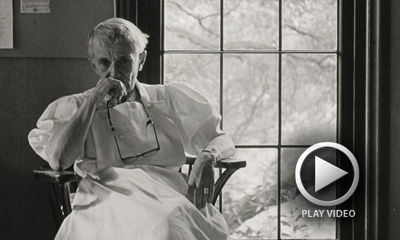
Film Screening and Panel Discussion, featuring John Dixon (Dorothea Lange’s son), Filmmaker Tom Ropelewski, and Jennifer McFarland. The program featured a “preview” from “Child of Giants,” a documentary by Tom Ropelewski. The film centers on the life and family relationships of Dorothea Lange and her husband, noted painter, Maynard Dixon, as seen through the eyes of their son, Daniel Dixon. The preview included commentary by Daniel and John Dixon. Segments also included observations with photographers Rondal Partridge and Christina Gardner, who worked intimately in the field with Lange. Lumière was pleased to host the event with the High Museum’s Curator of Photography, Julian Cox.
The event was also a collaborative effort with Atlanta Celebrates Photography.
Above is a trailer of the film which was completed and released the following year in 2010.
More information can be found on the web page, Child Of Giants.com

Art In The Digital Culture… Threat or Opportunity?
Lumière Fall Lecture
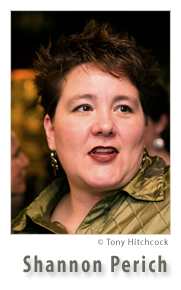
Ms. Perich is the curator of the Photographic History Collection at the National Museum of American History. Most recently, she curated the current exhibition: Pushing Boundaries: Photography by Robert Weingarten, and authored, The Changing Face of Portrait Photography, From Daguerreotype to Digital. Perich teaches the History of Photography at the Maryland Institute College of Art and is a contributor to National Public Radio’s website. She is actively pursuing the application of technology to broaden public access to the Museum’s collections and knowledge base.
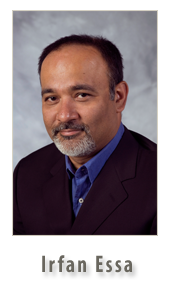
Prof. Essa is a nationally recognized figure in the fields of Computational Photography, Digital Video Special Effects and Computer Animation. He is an expert on technologies that impact how citizens interact with information. His doctoral research at MIT was in the area of Facial Recognition, Analysis and Synthesis. In addition to his work at Georgia Tech, he is affiliated with Carnegie Mellon, Google Research and the Disney Research Lab. He is also a Fellow of the IEEE.
We are pleased to offer this program as a collaborative event with:
Atlanta Celebrates Photography.

Gregory Heisler on Arnold Newman
High Museum of Art, Hill Auditorium
Gregory Heisler, former Newman assistant shared his insight to the photography of Arnold Newman. Heisler, is a New York-based photographer who is renowned for his technical mastery and thoughtful responsiveness. It has been said that he combines “the eye of an artist, the mind of a scientist, and the heart of a journalist.” He is perhaps best known for his more than seventy TIME magazine cover portraits. As a sought-after speaker and educator, Gregory has taught at the International Center of Photography, the New School for Social Research, The School of Visual Arts (Master of Fine Arts Program), Parsons School of Design, The Smithsonian Institution (Masters of Still Photography Series), and the National Geographic Society, as well as scores of workshops and seminars throughout the country and overseas.
Le Corbusier…Architect of Modernism
The presentation included images from Pare’s Le Corbusier portfolio that was on view this past summer at the Museum of Modern Art – New York exhibition… Le Corbusier: An Atlas of Modern Landscapes. The portfolio was made possible by a grant from the AVC foundation, Moscow, and was first presented at the Pushkin Museum, Le Corbusier: Creation and Secrets, from Painting to Architecture. It will also be featured at Fodacion La Caixa in Barcelona and Madrid (2014).
 Villa Savoye, Poissy, 1929-30, (2012) © Richard Pare
Villa Savoye, Poissy, 1929-30, (2012) © Richard Pare

The Lost Vanguard, Richard Pare
Carter Presidential Library and Museum
The lecture discussed the work of modernist architects in the Soviet Union during the years following the 1917 revolution and subsequent civil war. In little more than a decade some of the most radical buildings of the twentieth century were completed by a small group of architects who developed a new architectural language in support of new social goals of communal life.

Robert Glenn Ketchum
Carter Presidential Library and Museum
Vanishing Alaska – Acclaimed environmental photographer Robert Glenn Ketchum discussed his retrospective exhibition Natures Palette at Lumière, also his exhibition featuring the work from Southwest Alaska that was on display at the Carter Library.

The Weston Legacy
Atlanta History Center
A lecture and presentation on the history and legacy of the photography of the Weston family, was followed by a panel discussion with several experts. Panelist included: Julian Cox, Curator of photography at the High Museum of Art, photographer and art collector Lucinda Bunnen, and Asheville photographer, Tim Barnwell.

